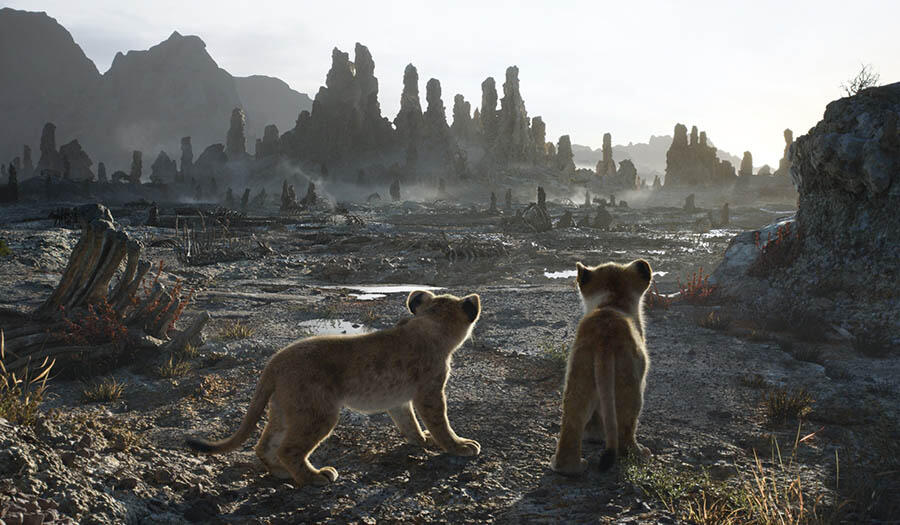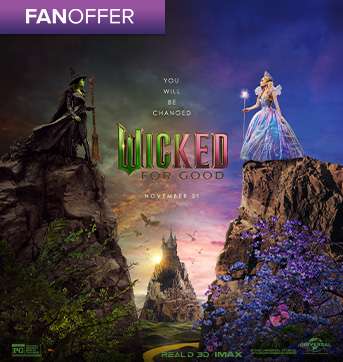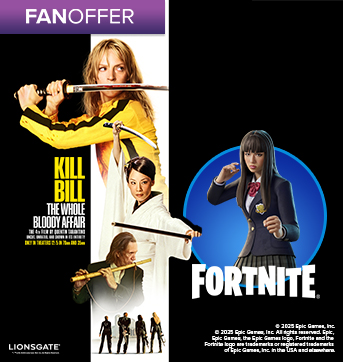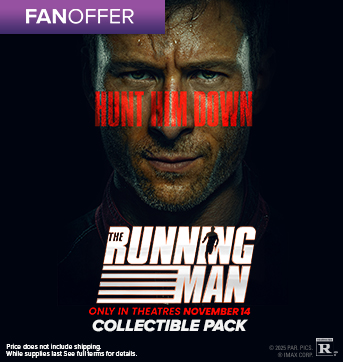
“I remember reading about Brad Bird when he was directing,” remembered Caleb Deschanel, from the set of Disney’s photorealistic remake of The Lion King during filming, back in December 2017. “[Bird] had directed a lot of animation, obviously. Then when he was directing live action, he got very frustrated because he couldn't do all these sort of crazy things. And we're going in the opposite direction: taking the tools of normal filmmaking and bringing them into our world and using that as a method to create a reality.”
The revered Hollywood cinematographer – known for his outstanding visual contributions to a long array of downright gorgeous-looking films, including Being There, The Black Stallion, The Right Stuff, The Natural, Fly Away Home and The Passion of the Christ – had been recruited by director Jon Favreau for a furtherance of the sort of technical breakthroughs that Favreau had achieved when he successfully turned another of the studio’s classic animated films led largely by animal characters, The Jungle Book, into a dazzlingly convincing computer generated approximation of live action. Only this time, Favreau wanted to insert traditional Hollywood filmmaking techniques – naturalistic camera movement, lighting, etc. controlled by in-the-moment human artistry – into the virtual “sets” of The Lion King.
“Because we're able to get a lot done, we are able to experiment on a lot of levels,” explained Deschanel, who worked side-by-side with Favreau and a small movie crew to apply his photographic stylings via monitors conveying the subtleties of his choices into landscapes created entirely digitally. “We can try things that we would, if you were on a real set, you'd be losing light and you'd go, ‘Okay, let's get that!" And you always go home at the end of the day on a regular movie when you have limitations of time and weather and everything else, giving up on things that you really wanted to do. In this case, we have a lot of control.”
“Basically I'm bringing to this film my experience of doing live action movies and knowing what real filming looks like and what it should look like to feel real,” said Descahanel. “I'm basically the Luddite in this group to bring my expertise of past experience to the thing, and try to make it feel as ‘film-y’ as possible. And yet at the same time, we have these tools that allow us to do all the things we've never been able to do in live action, which is put the sun where you want it and have it there all day.”
After decades of shooting in the physical world, Deschanel was discovering a new freedom from adherence to adjusting for practical changes throughout the day, like the ever-changing position of the sun. But while a few computer keystrokes could give him “magic hour” lighting all day long, he almost imposed certain real-world constraints on his new digital playground.
“Most movies that I really love working on are actually filming what's really going to happen,” he explained. “And here you have to make yourself conscious of your choices that you've made in the real world in this world, so that you create that reality in this unreal place.”
And in spite of his keen awareness of how each shot was being achieved on a technical level, Deschanel found himself easily buying in to the reality of the film’s animal leads. “These creatures, when they're done, you believe them so much,” he said. “When they're joyful or whatever, you really feel the emotion a lot. And I find myself getting emotional as we were filming things…You really feel the characters in danger. You really feel their predicament. You feel the duplicity of Scar and you feel the triumph of Mufasa and the other characters. So I think when they're real, you will get, in a mythical way, the same kind of understanding of the story [as in the original 2D animated film], but I think you'll experience it on an entirely different level.”
Deschanel’s work would be rewarded a year and a half later as appreciative audiences continued to flock to the finished film and find themselves immersed in the world he helped to craft, but even in mid-production the cinematography had found the experiment in which he was essentially creating an entirely new filmmaking technique to be well worth it.
“It's been pretty amazing – yeah, I have to say, I've really enjoyed it,” he said, admitting to some initial skepticism. “When Jon approached me about it, I wasn't quite sure that it would be exciting and fun, but it's been really exciting and fun. I'm surrounded by so many enormously talented people – all the visual effects people and animators. and of course Jon as our leader, with all his storytelling talents.”









